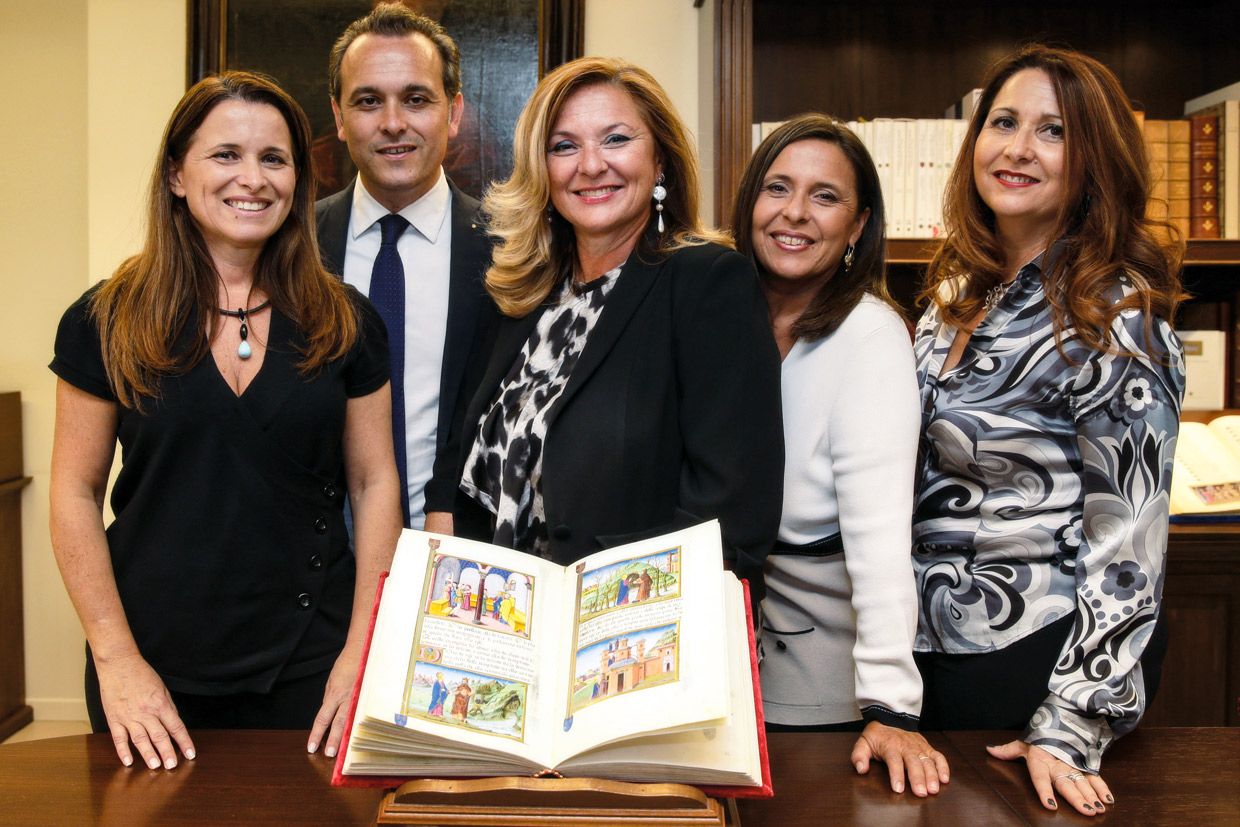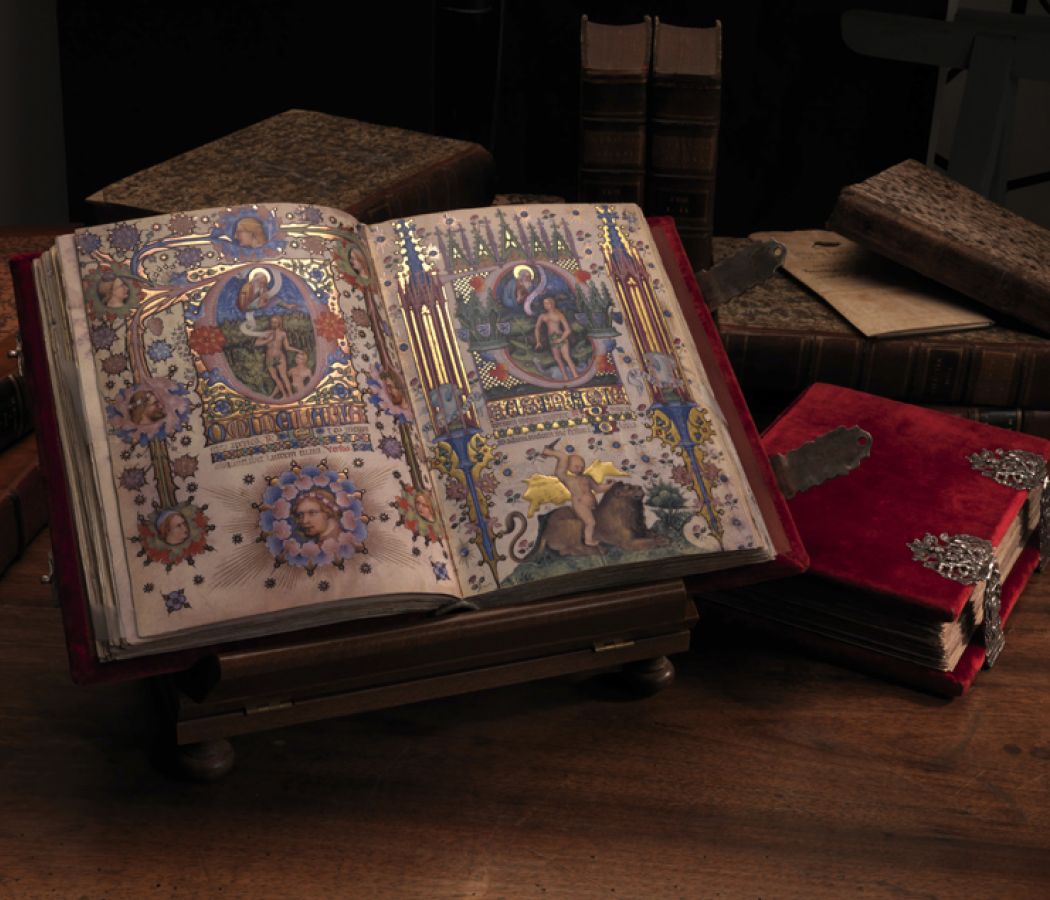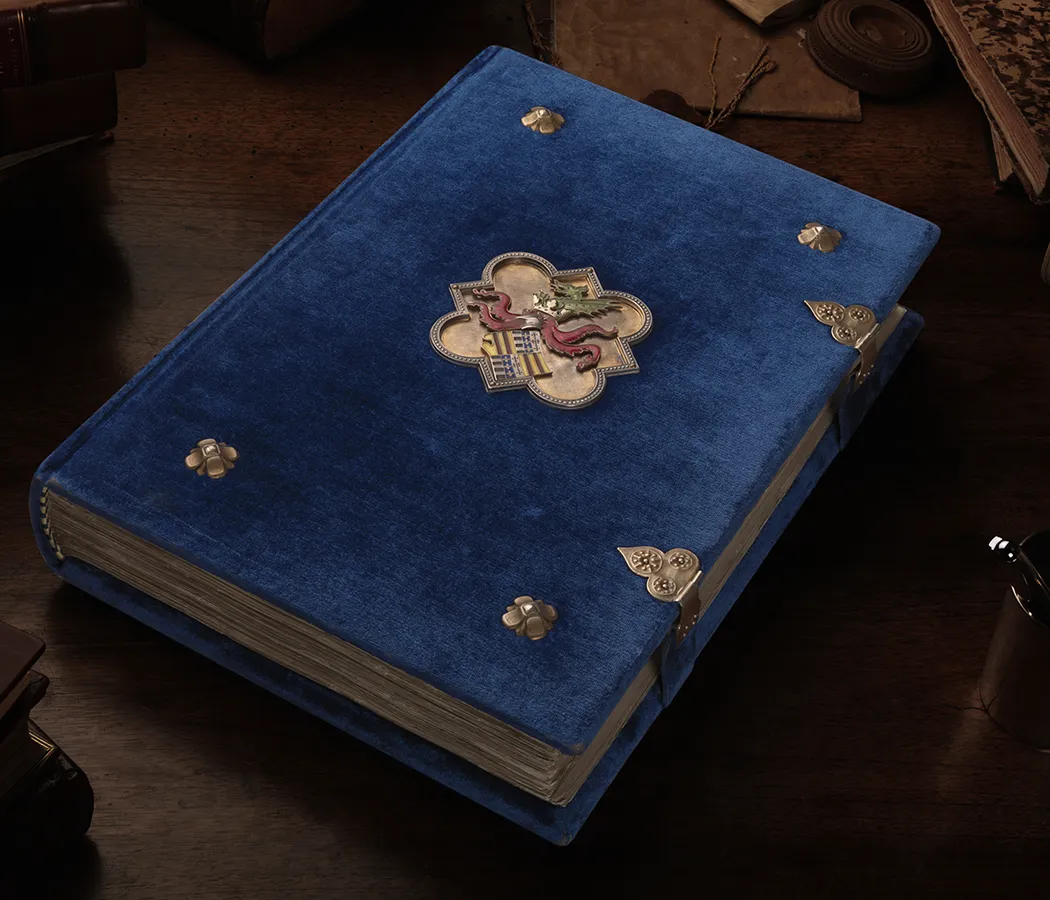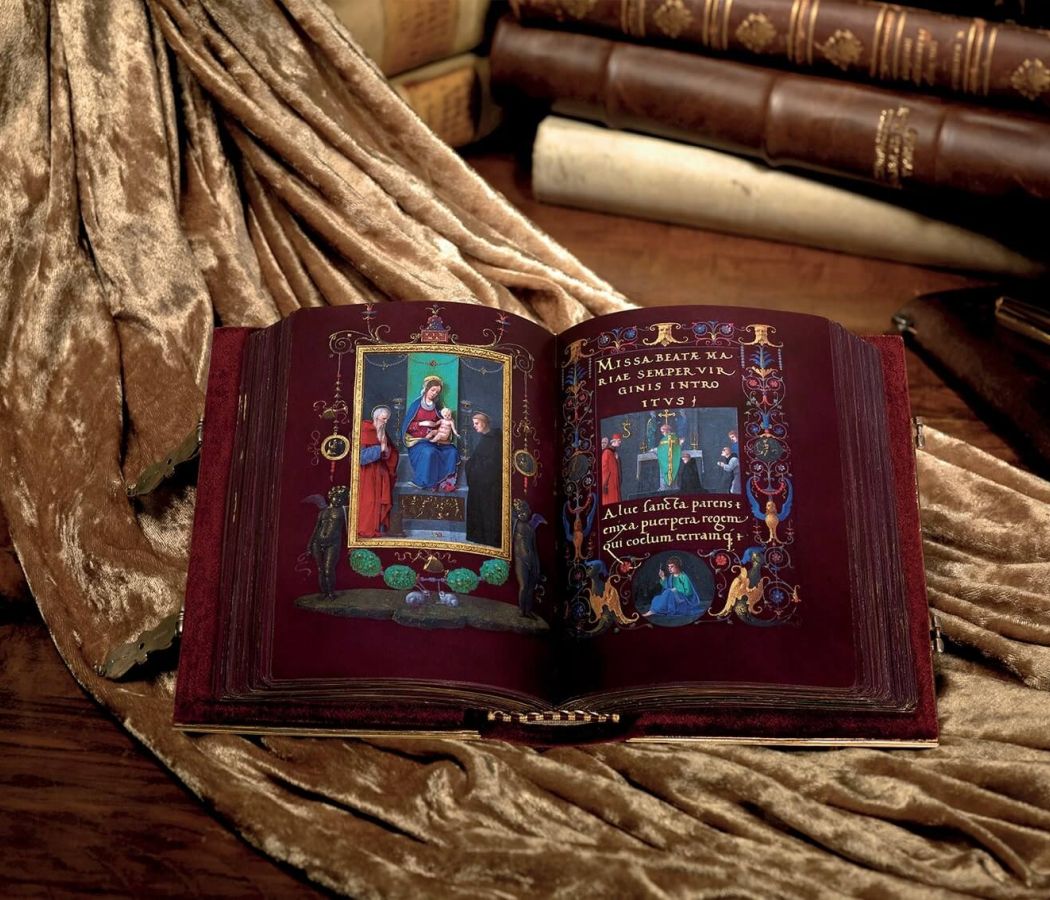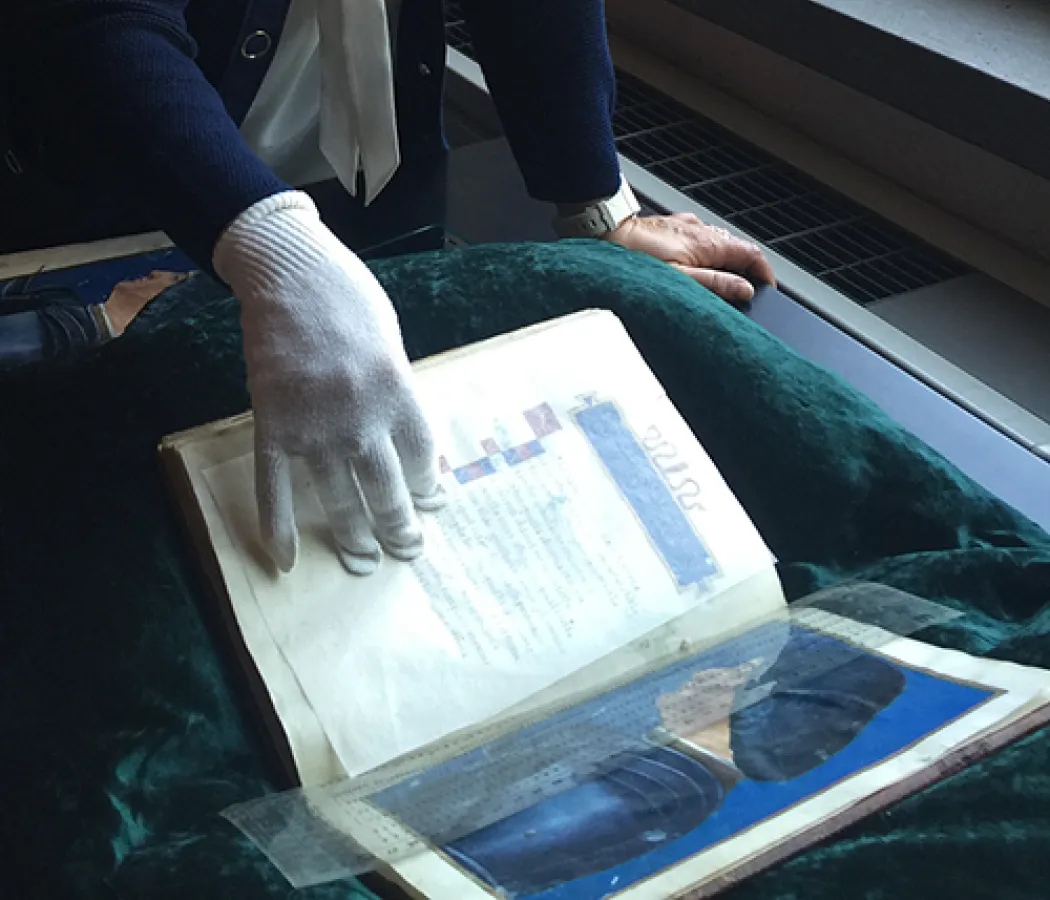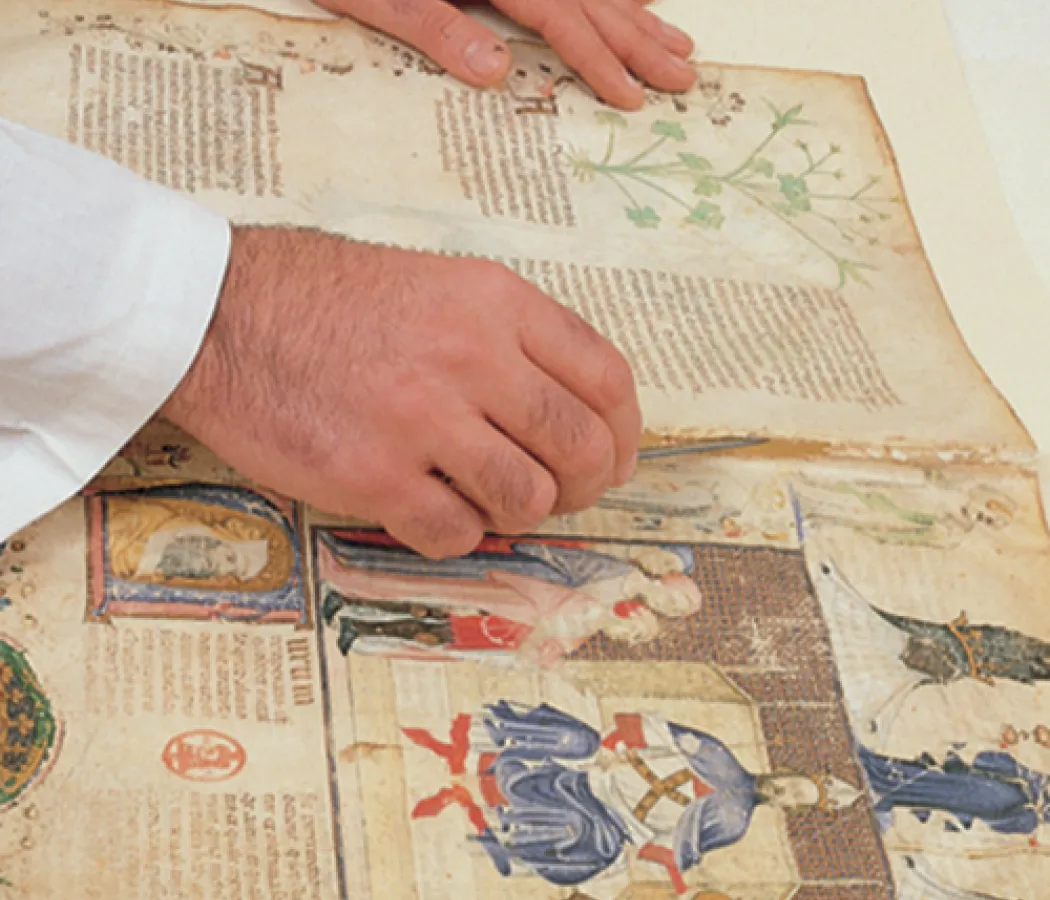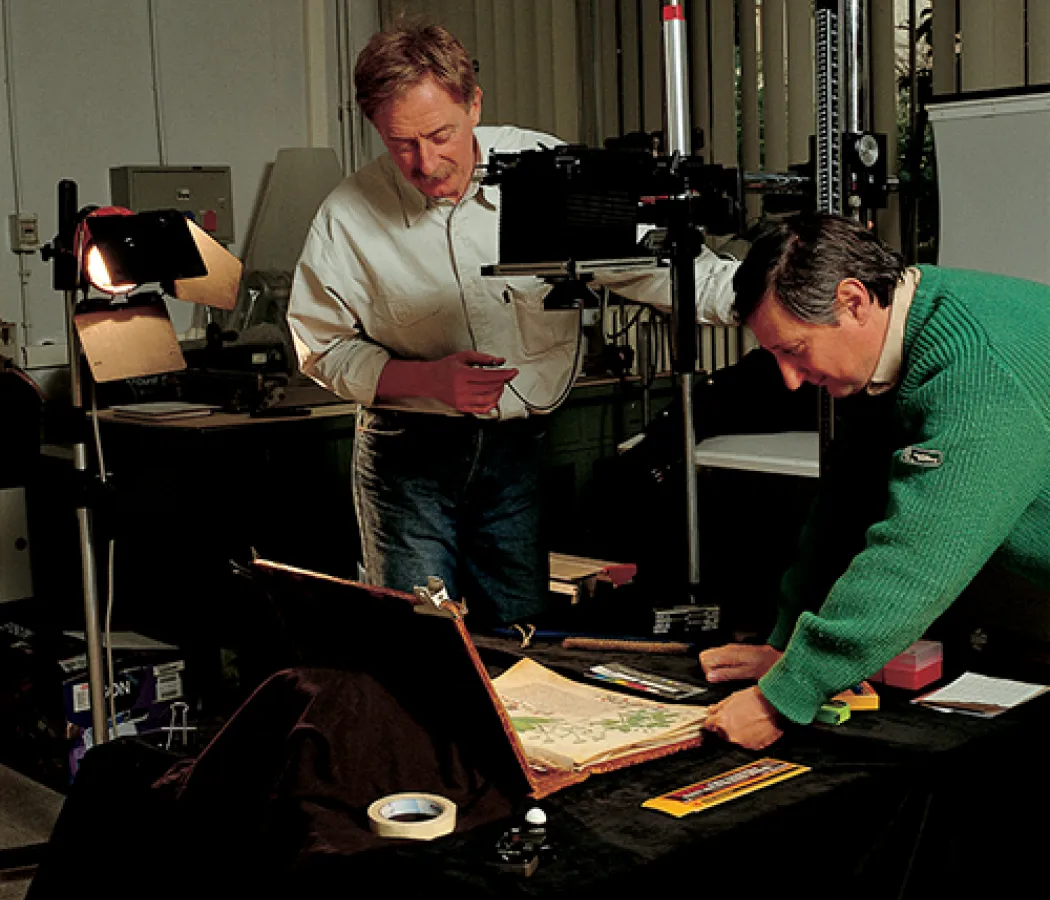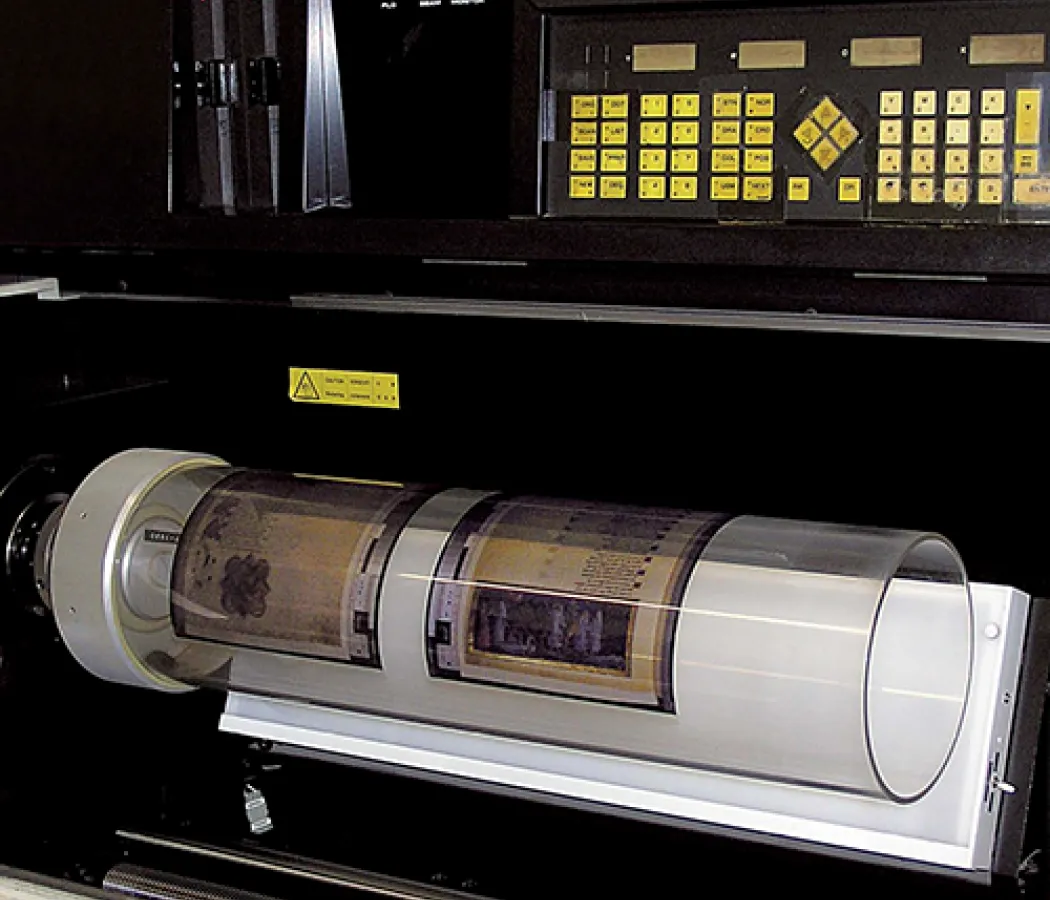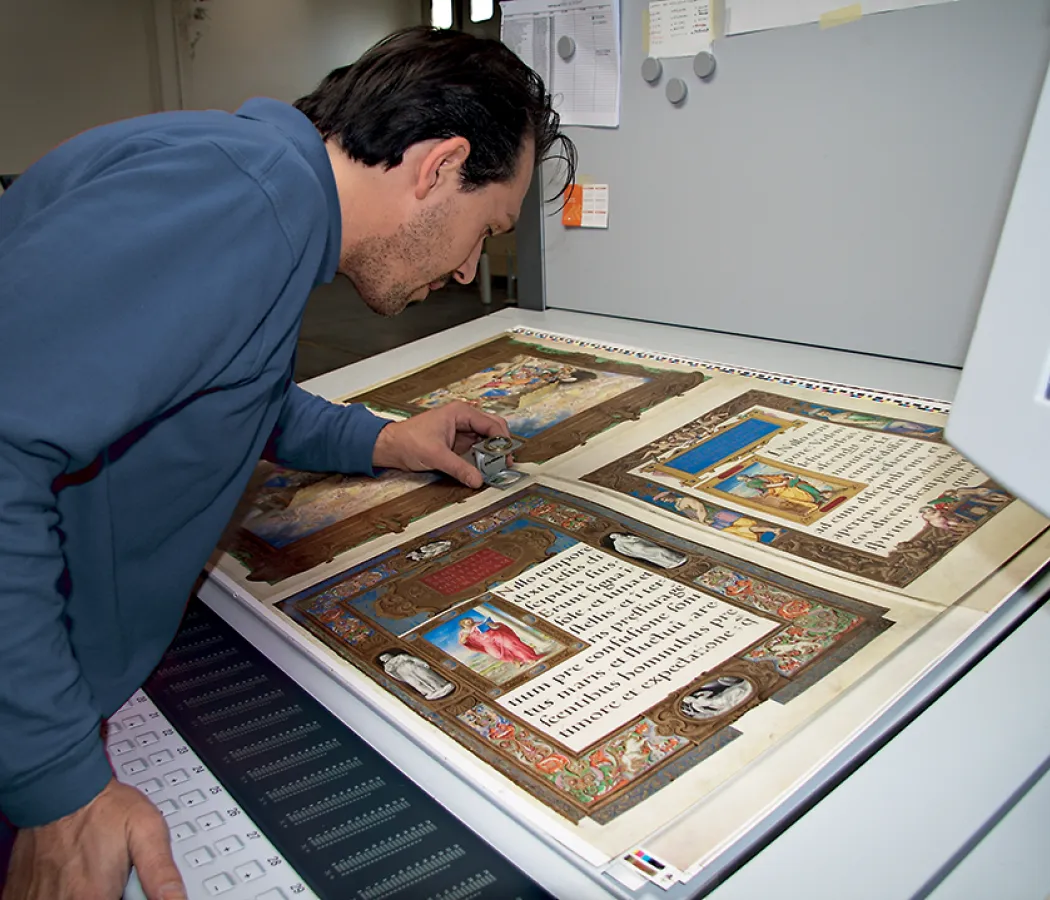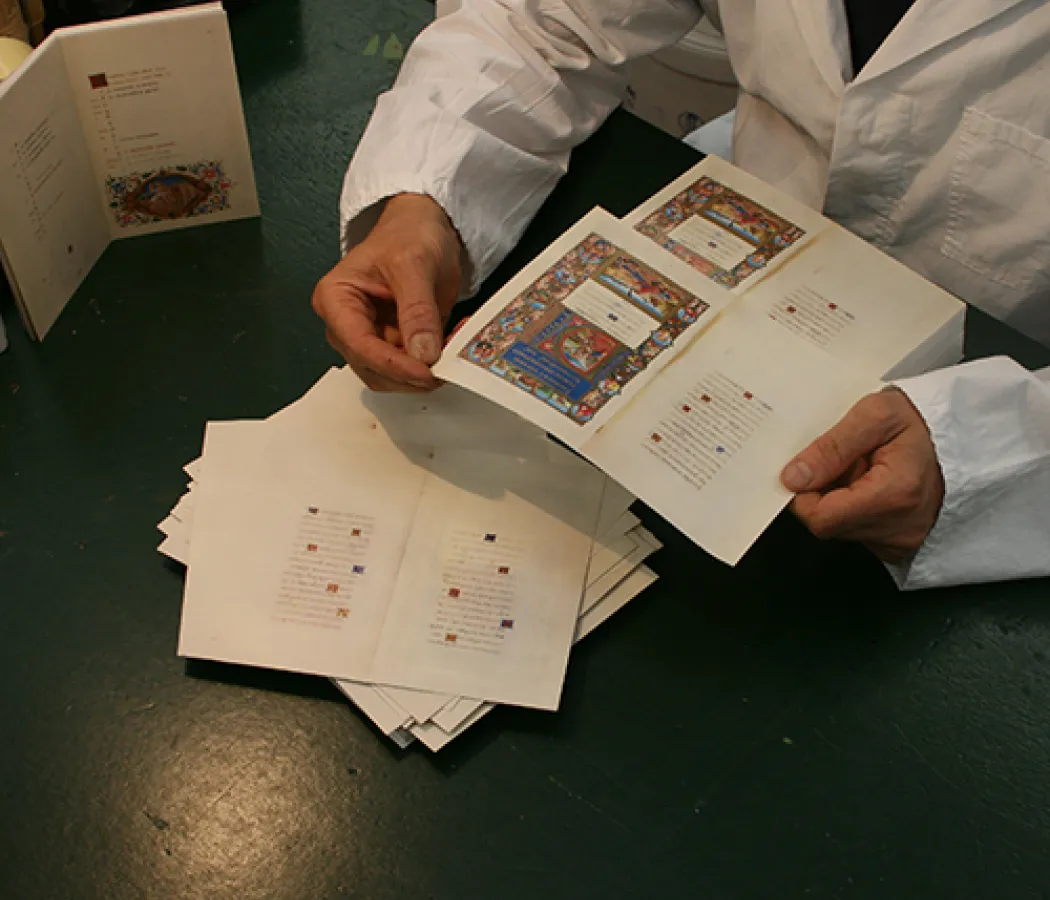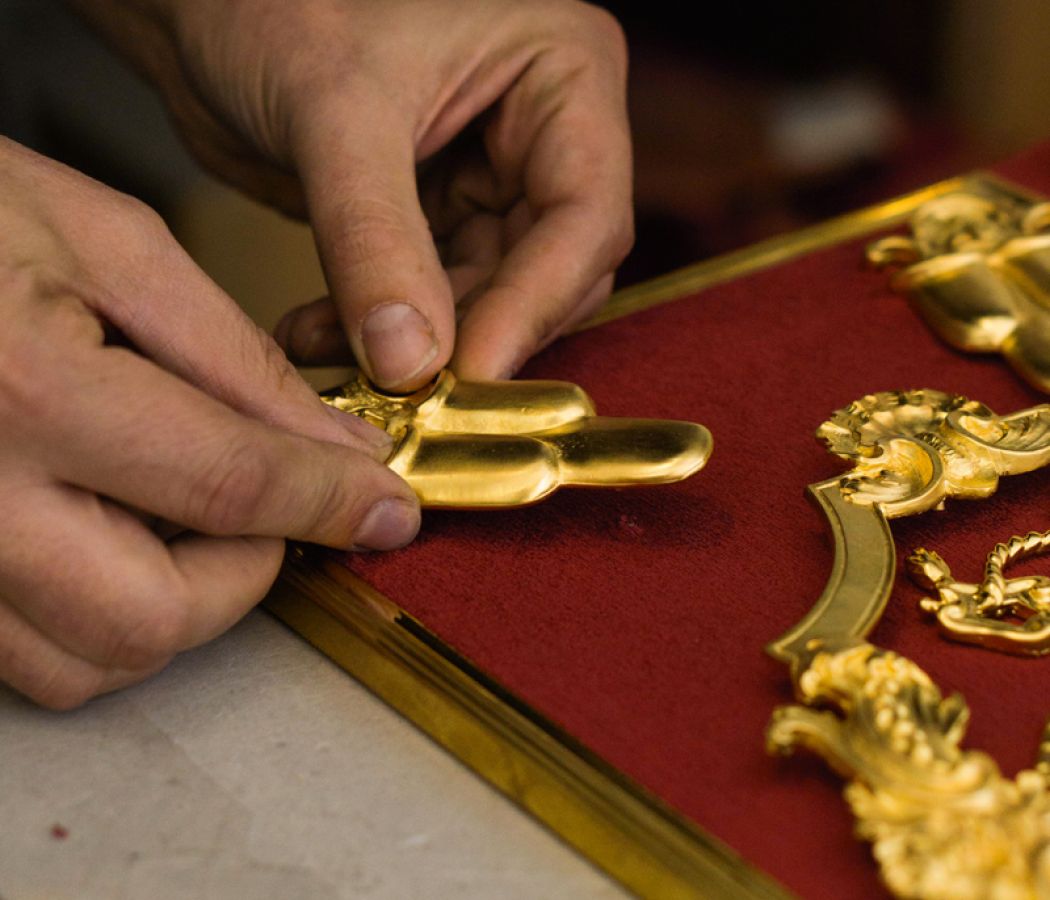La Biblioteca Impossibile
Opere d’arte in forma di libro: le edizioni in facsimile dei capolavori della miniatura rinascimentale.
Toccando con i polpastrelli la superficie delle pagine miniate si può avvertire lo spessore della foglia d’oro e delle stesure di colore, o sentire la carezza che il cesello ha fattosulle ferrature in argento dorato. Questa straordinaria sapienza mimetica è il pregio della collana “La Biblioteca Impossibile”, la biblioteca che tutti vorremmo avere.
Antonio Paolucci
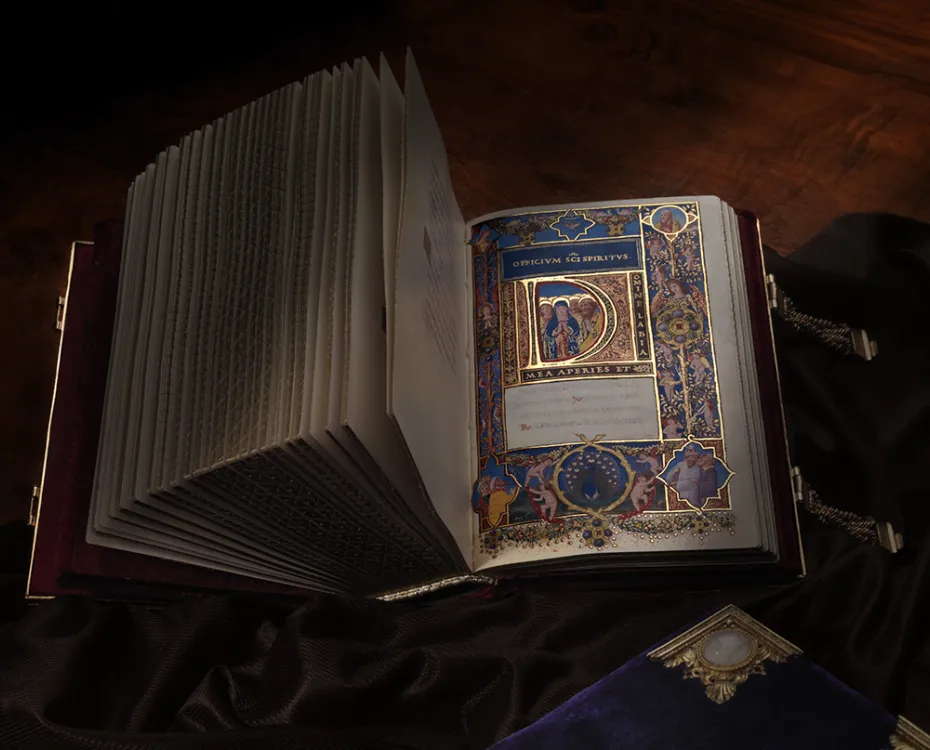
L’idea del progetto
L’idea di raccogliere in un’unica collezione i libri più belli del mondo è stata per secoli un’utopia irrealizzabile. Ma gli enormi progressi compiuti nella riproduzione facsimilare hanno consentito la realizzazione di vere e proprie opere d’arte: copie di manoscritti assolutamente identiche agli originali, il sogno di ogni amante dei codici miniati.
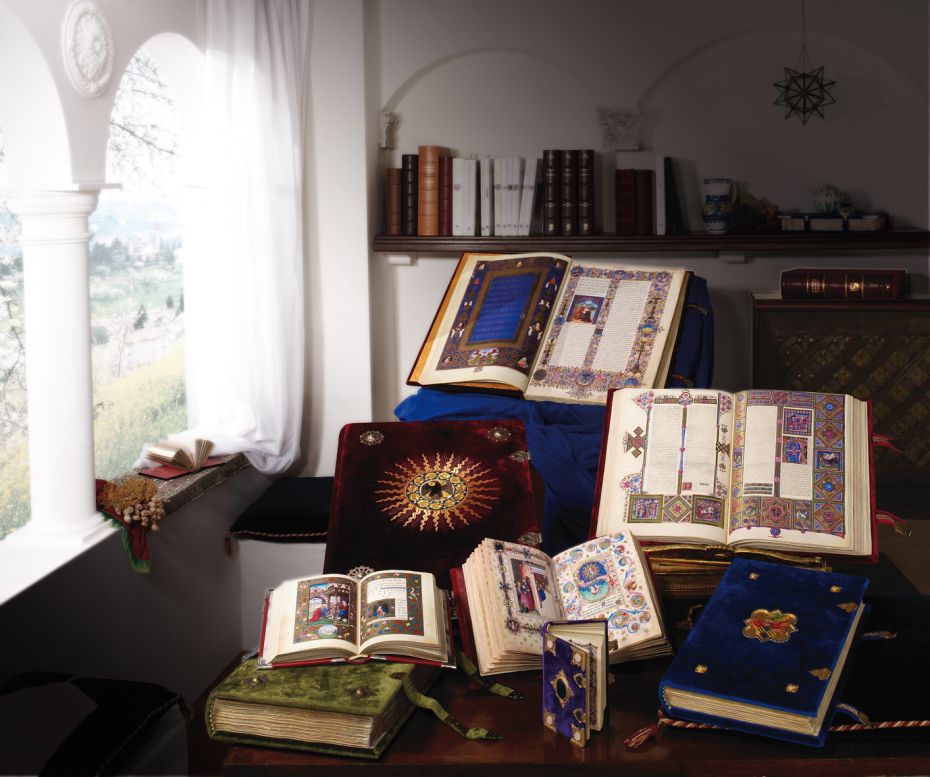
Opere d’arte in formato libro
Il sogno di ogni amante dei libri diventa dunque realizzabile: riunire in una “Biblioteca impossibile” i codici miniati più belli del Rinascimento.
Capolavori straordinari commissionati ai più raffinati artisti della miniatura da principi e sovrani del Rinascimento.
La Biblioteca impossibile è nata proprio per contribuire alla riscoperta e alla valorizzazione di questo eccezionale patrimonio artistico, riunendo in una collana unica al mondo i codici più importanti commissionati dalle grandi casate che hanno caratterizzato il nostro paese nel corso del Rinascimento, quella stagione irripetibile di cultura e arte che solo l’Italia ha vissuto.
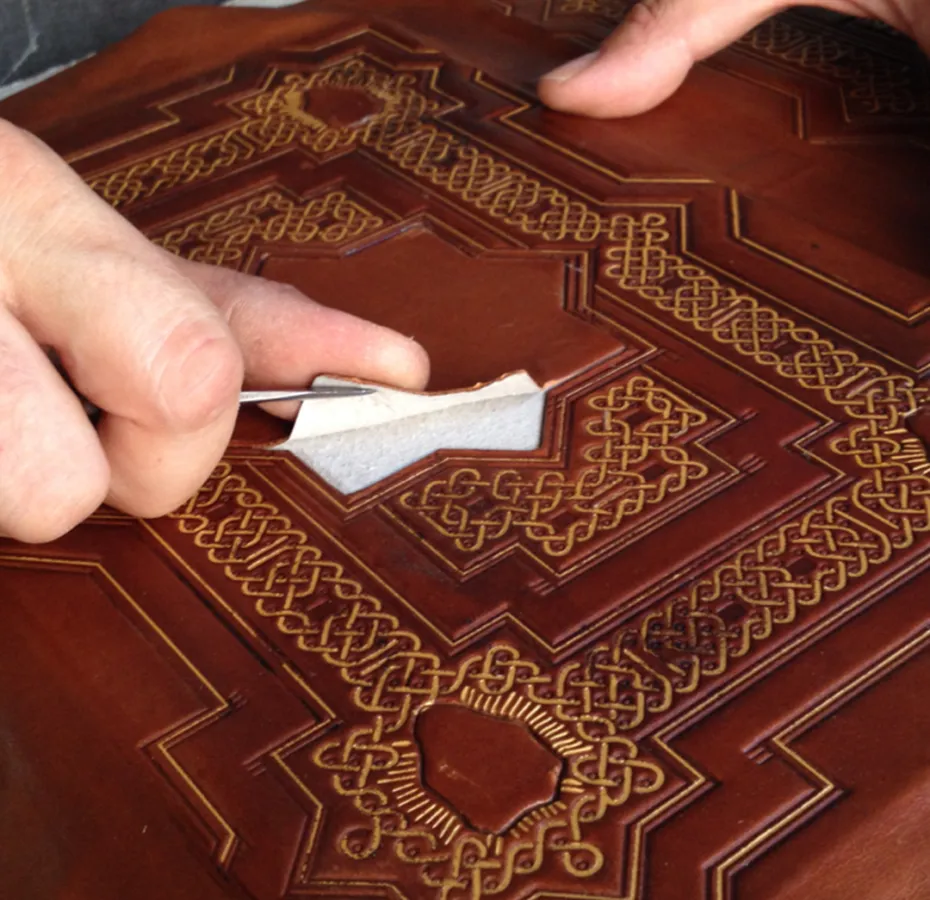
Le fasi di realizzazione dei facsimile
Ogni facsimile nasce dall’incontro tra sofisticate tecnologie di elaborazione delle immagini e tecniche artigianali tradizionali, con l’obiettivo di ricostruire fedelmente e integralmente tutte le caratteristiche dei manoscritti originali.
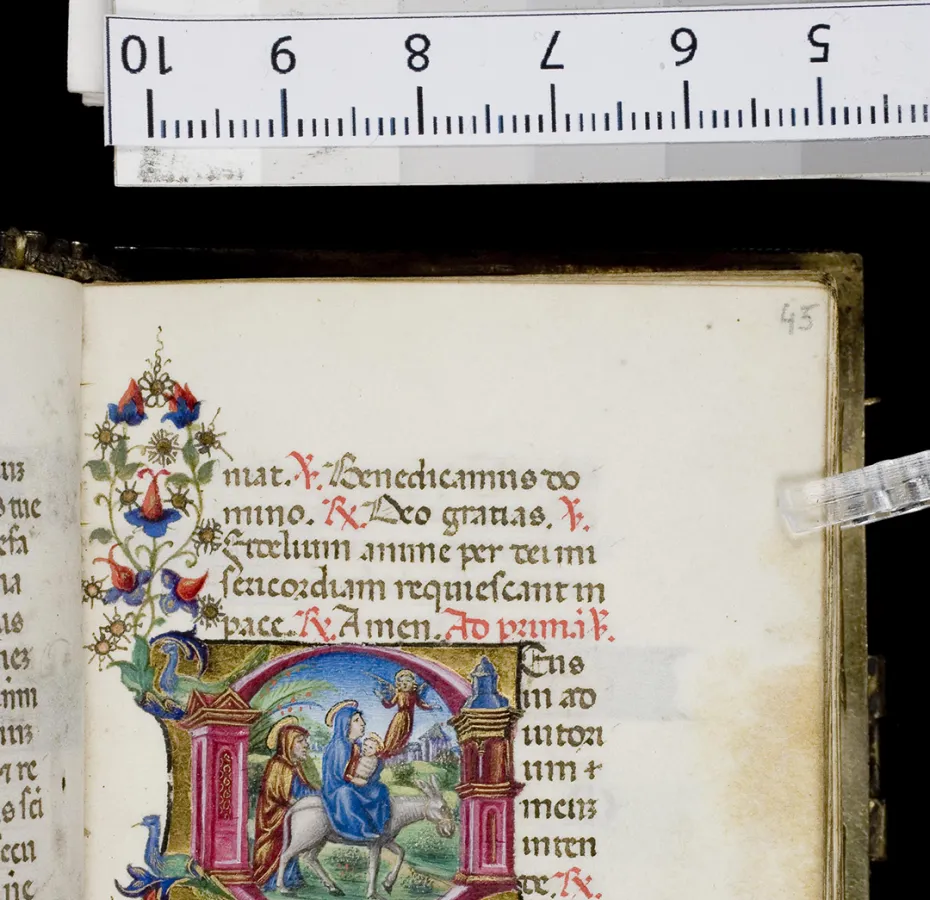
Fase di preparazione
Ogni progetto viene attentamente pianificato e studiato in tutte le sue parti, spesso anche con il supporto di personalità del mondo accademico e culturale.
L’iter di produzione si articola in diverse fasi: la prima consiste nello studio del manoscritto, per individuarne caratteristiche e criticità. Ad essa seguono l’acquisizione fotografica del codice e l’elaborazione delle immagini ottenute per garantire il miglior risultato nella fase successiva, quella della stampa.
Per ottimizzare la riproduzione spesso il manoscritto viene scucito e smontato. L’elemento base del manoscritto è il bifoglio – costituito da quattro facciate – che viene esaminato per l’eventuale restauro e stabilizzazione.
I tecnici verificano lo stato di conservazione del manoscritto per predisporre gli opportuni restauri.
Dopo un approfondito studio del codice, volto a far emergere le peculiarità dell’opera, si passa alla campagna fotografica, effettuata negli stessi ambienti climatizzati dove si conserva il codice.
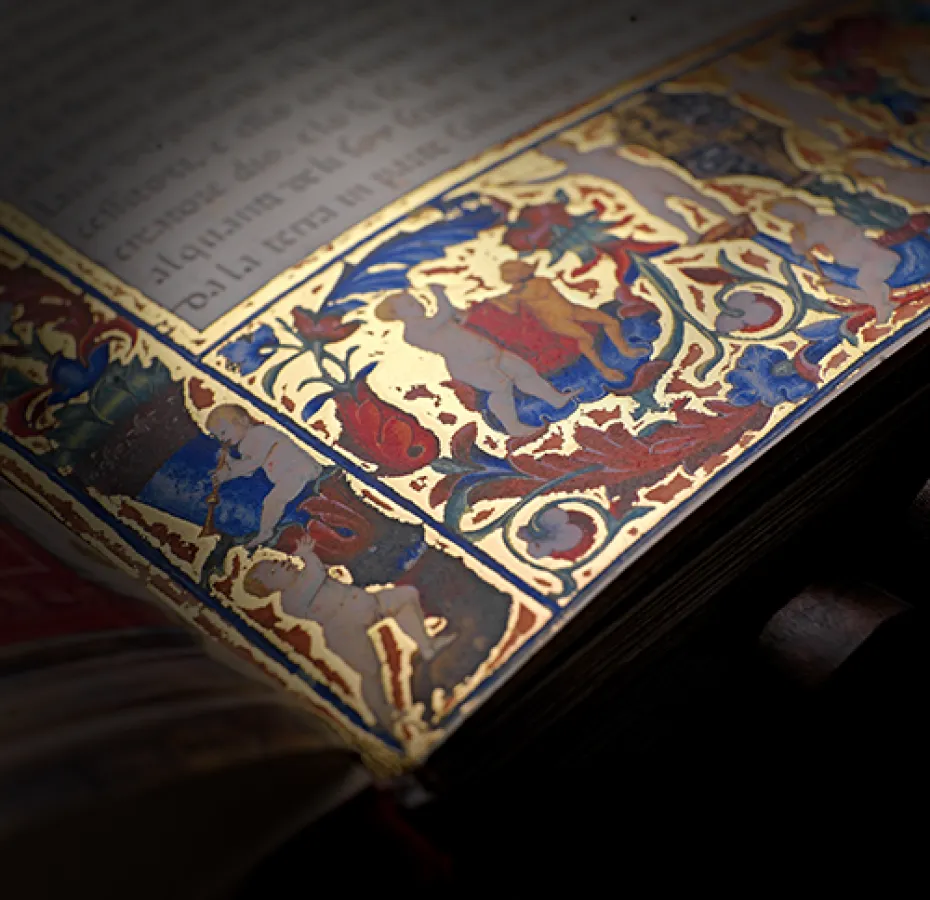
Fase di stampa
L’utilizzo di varie tecniche di stampa consente di ottenere diversi effetti sulla pagina che rendono il facsimile quanto più simile possibile all’originale, rendendo ogni copia un pezzo unico come il manoscritto originario.
Ogni facsimile fatto a regola d’arte è caratterizzato dalla riproduzione fedele dei colori e dalla resa degli effetti tattili, come ad esempio l’oro a rilievo sulla pagina, che danno a chi lo sfoglia la stessa emozione provata dai committenti dei codici originali.
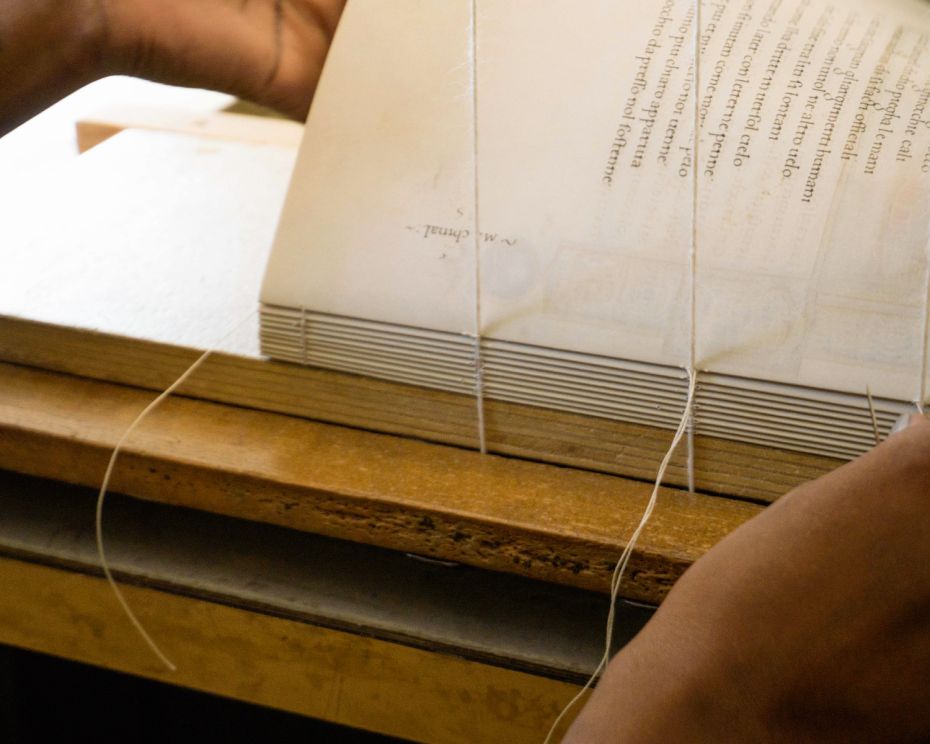
Fase di assemblaggio
Nell’ultima fase della produzione, ossia la realizzazione delle preziose legature fatte integralmente a mano, viene lasciato spazio all’artigianalità italiana, attraverso la quale rivivono le tecniche del Rinascimento utilizzate per i manoscritti originali.
La legatura, realizzata a mano da botteghe artigianali specializzate, è compiuta utilizzando le tecniche originali dell’età rinascimentale.
Gli artigiani riproducono a mano tutti gli elementi metallici per le copertine: cantonali, borchie, puntali e fermagli vengono creati riprendendo le tecniche originali del Rinascimento.
La copertina viene realizzata con materiali il più possibile fedeli all’originale, come il legno per i pannelli, rivestiti di tessuti preziosi, ai quali vengono spesso applicate decorazioni in oro, argento e pietre preziose.
Caratteristiche generali
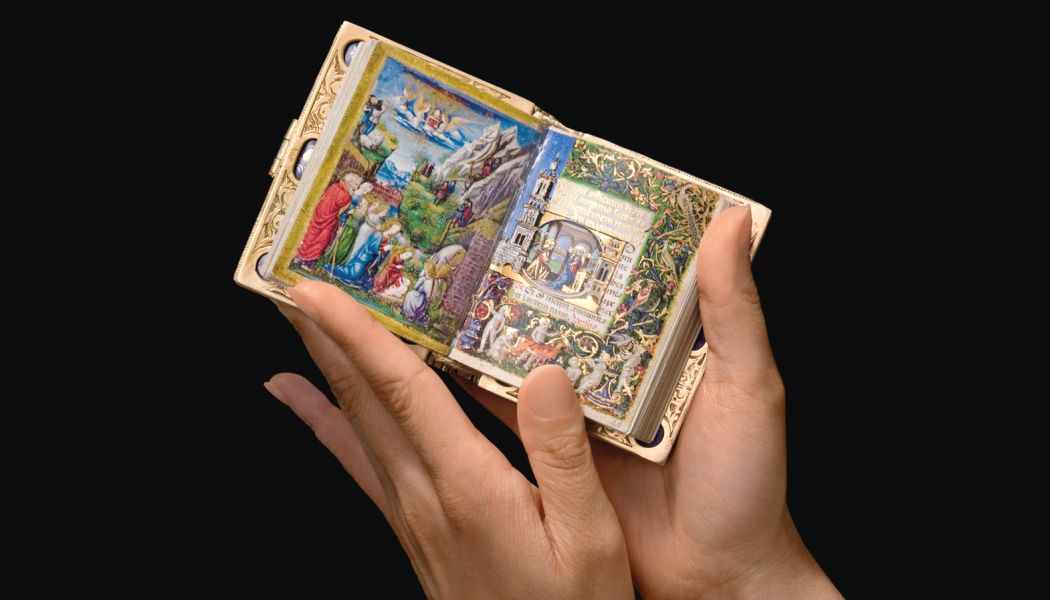
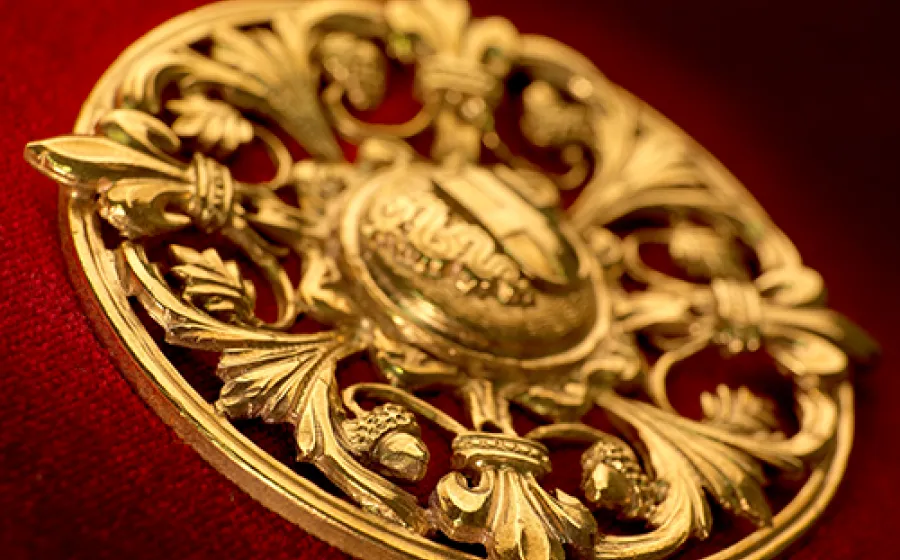
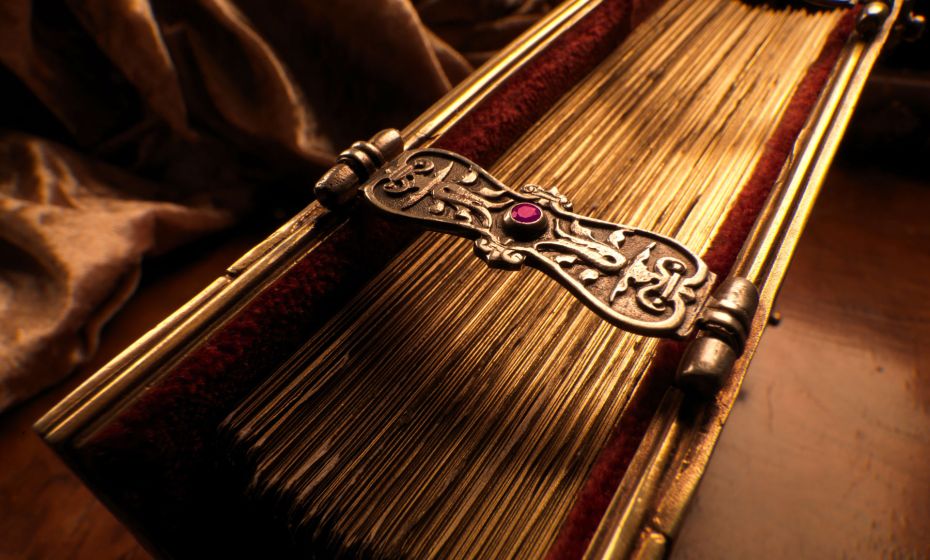
- Tiratura numerata e limitata per la diffusione mondiale
- Riproduzione di oro e argento in lamina con trancia a caldo, con successivo trattamento di invecchiamento e rilievo della lamina
- Legatura realizzata a mano decorata con medaglioni, bindelle, fermagli e puntali in metalli pregiati
- Profilatura a pagina singola
- Cofanetto appositamente realizzato per custodire le opere
- Volume di commento che accompagna ogni facsimile, redatto da studiosi specializzati
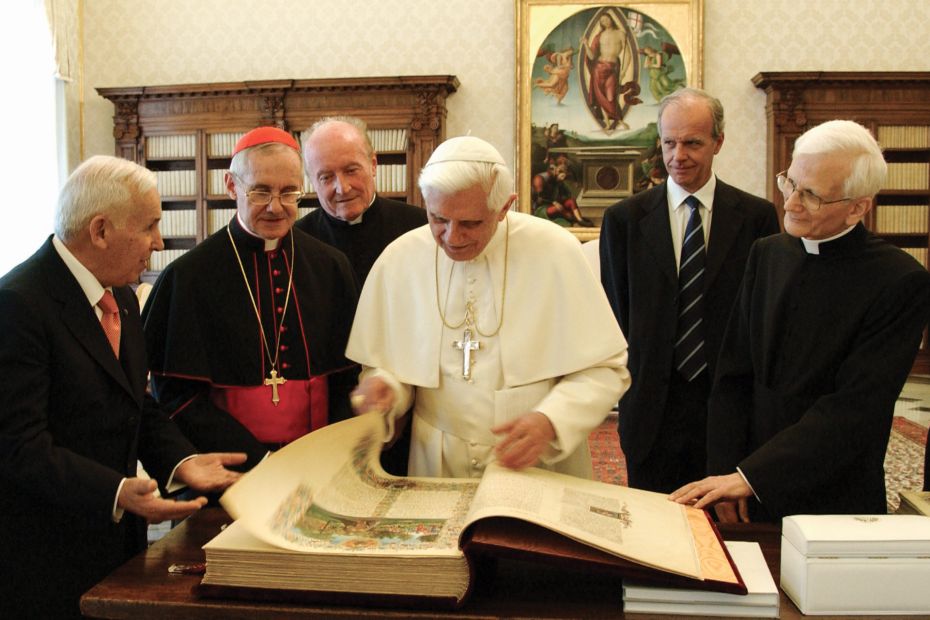
Opere uniche
Ogni codice miniato è un esemplare unico e irripetibile, spesso talmente fragile da essere conservato in depositi inaccessibili non solo al pubblico, ma anche agli studiosi.
Le edizioni in facsimile nascono per dare accesso a questi capolavori, permettendo di apprezzarne ogni dettaglio riprodotto con assoluta fedeltà e nel massimo rispetto dell’originale, che spesso in queste occasioni viene sottoposto a restauro conservativo.
Possedere un facsimile consente di vivere un’esperienza sensoriale unica, permettendo di cogliere tutti i dettagli dell’originale, realizzati sia con le più avanzate tecniche di stampa, che attraverso la perfetta riproduzione delle copertine in materiali preziosi. Un’esperienza che non può essere sostituita dalle versioni digitali disponibili sul web o nelle biblioteche più importanti del mondo.

Un’idea diventata realtà
Un grande progetto di ricerca pensato e condotto da Franco Cosimo Panini (nell’immagine a destra).
